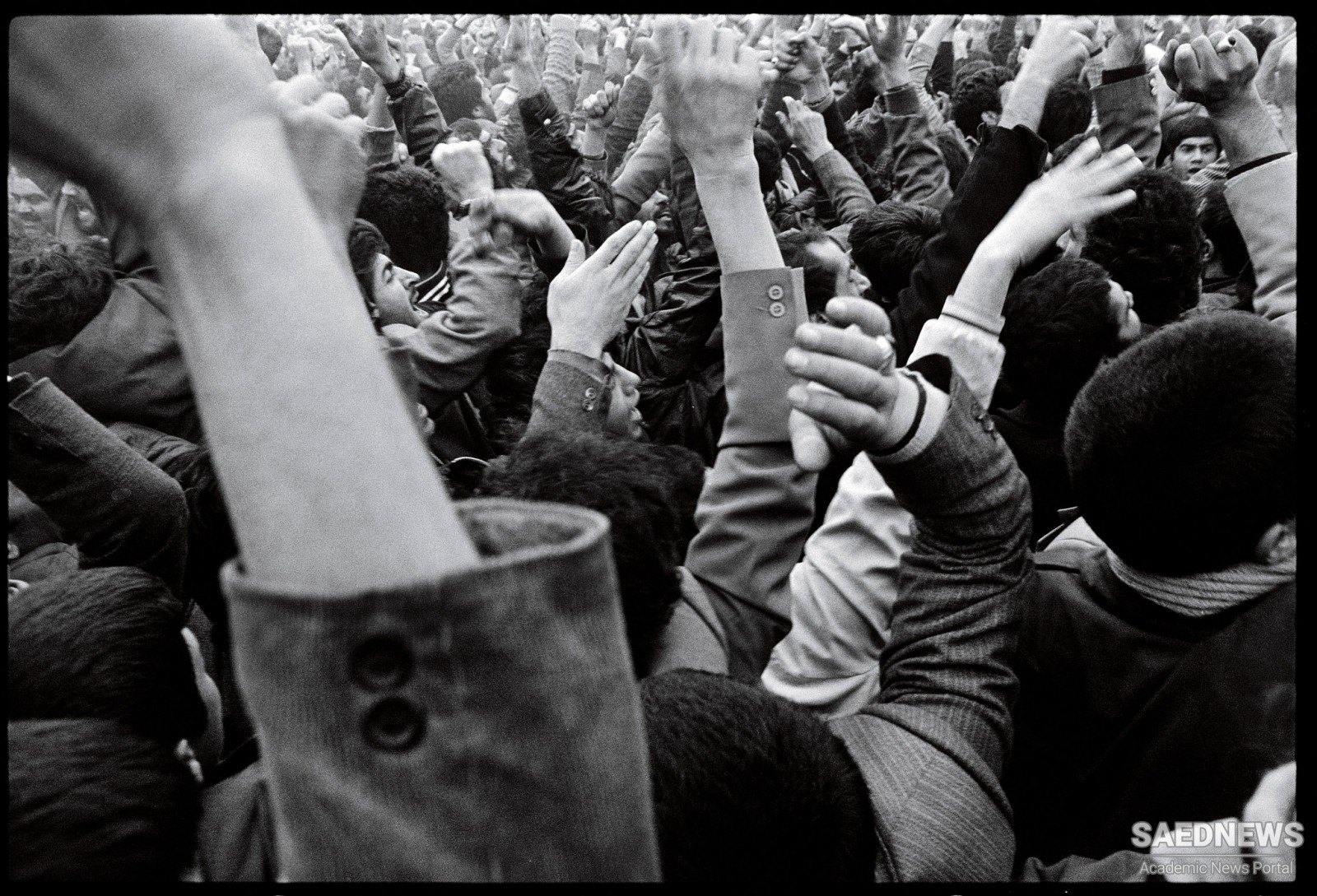The Qom incident triggered a cycle of three major forty-day crises – each more serious than the previous one. The first – in mid-February – led to violent clashes in many cities, especially Tabriz, Shariatmadari’s hometown. The regime rushed in tanks and helicopter gunships to regain control of the city. The second – in late March – caused considerable property damage in Yazd and Isfahan. The shah had to cancel a foreign trip and take personal control of the anti-riot police. The third – in May – shook twenty-four towns. In Qom, the police violated the sanctity of Shariatmadari’s home and killed two seminary students who had taken sanctuary there. The authorities claimed that these forty-day demonstrations had left 22 dead; the opposition put the figure at 250. Tensions were further heightened by two additional and separate incidents of bloodshed. On August 19 – the anniversary of the 1953 coup – a large cinema in the working-class district of Abadan went up in flames, incinerating more than 400 women and children. The public automatically blamed the local police chief, who, in his previous assignment, had ordered the January shooting in Qom. After a mass burial outside the city, some 10,000 relatives and friends marched into Abadan shouting “Burn the shah, End the Pahlavis.” The Washington Post reporter wrote that the marchers had one clear message: “The shah must go.” The reporter for the Financial Times was surprised that so many, even those with vested interests in the regime, suspected that SAVAK had set the fire.10 Decades of distrust had taken their toll. The second bloodletting came on September 8 – immediately after the shah had declared martial law. He had also banned all street meetings, ordered the arrest of opposition leaders, and named a hawkish general to be military governor of Tehran. Commandoes surrounded a crowd in Jaleh Square in downtown Tehran, ordered them to disband, and, when they refused to do so, shot indiscriminately. September 8 became known as Black Friday – reminiscent of Bloody Sunday in the Russian Revolution of 1905–06. European journalists reported that Jaleh Square resembled “a firing squad,” and that the military left behind “carnage.” Its main casualty, however, was a feasible possibility of compromise.


 Shah's Mortal Mistakes and Collapse of House of Cards
Shah's Mortal Mistakes and Collapse of House of Cards














































